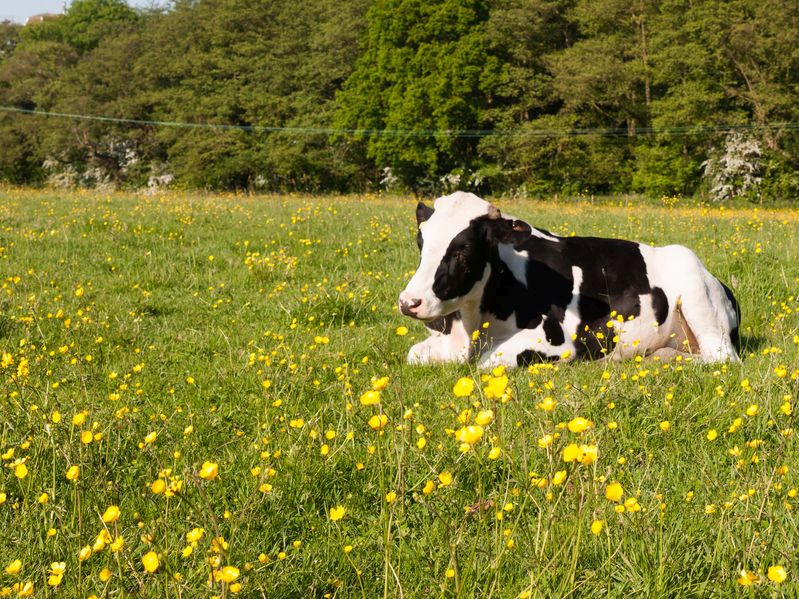
A new artificial intelligence tool has been created by a major dairy company so it can predict farmers' milk yields with more precision.
Every year, dairy cooperative Arla collects around 13 billion kilos of milk from 10,300 farmers across Northern Europe.
To transform this into healthy and more sustainable dairy products, the cooperative is looking to emerging technology.
It has now developed a tool that uses artificial intelligence to predict how much milk 1.5 million cows will produce in the future.
Previously, this forecast took days to create and arose manually from piles of Excel sheets.
But with the new tool, the procedure takes a few hours and the forecast comes out 1.4 per cent more accurate.
Michael Vinther, who is Director of Global Milk Planning in Arla, said: “The better we are at predicting what our milk intake will be, the better we can plan and optimise our entire value chain, which both improves profitability for our farmer-owners and drives sustainability.
“The new AI tool provides us with an insight into our supply of milk that we have never had before.”
The improved milk intake forecast means that 200 million kilos of milk can be utilised better each year.
More data drives better decision making
By using AI technology, Arla is able to create the milk intake forecast from a much richer data foundation.
It includes things like seasonal changes, the number of farmers converting to new milk types, the farmers’ geographical characteristics as well as how much milk they produce on a daily basis.
This means that farmers can handle the milk planning at a more detailed level than they could before.
Mr Vinther added: “We are now able to make important strategic decisions on a more informed basis. The data has become more valid as it is now formalised in a bulletproof system rather than based on individual knowledge.
“It’s amazing to see how this new technology is able to optimise and improve a, up until now, very time-consuming task.”
For example, it is now possible to make the distinction between how much milk should be collected from farmers in North Germany and West Germany three to five months ahead of time.
The new milk intake forecasting tool is implemented in all Arla’s markets across Europe and the UK.
